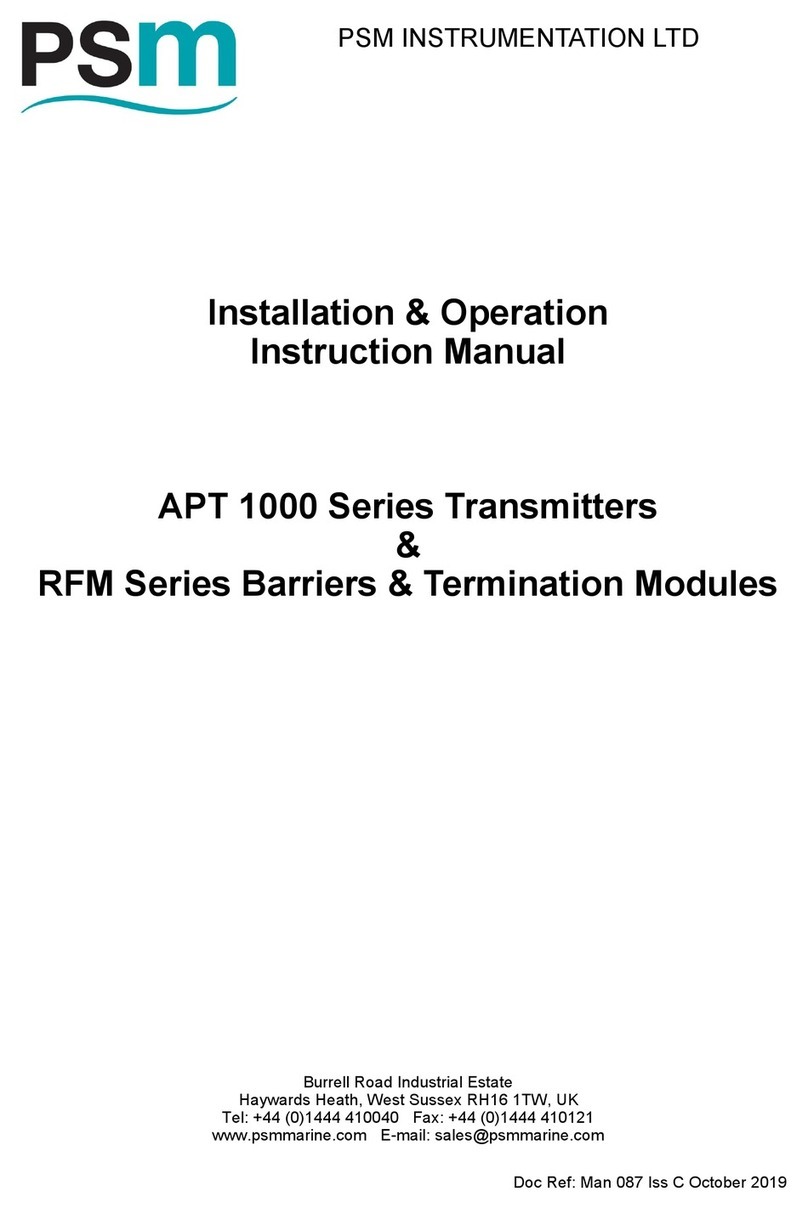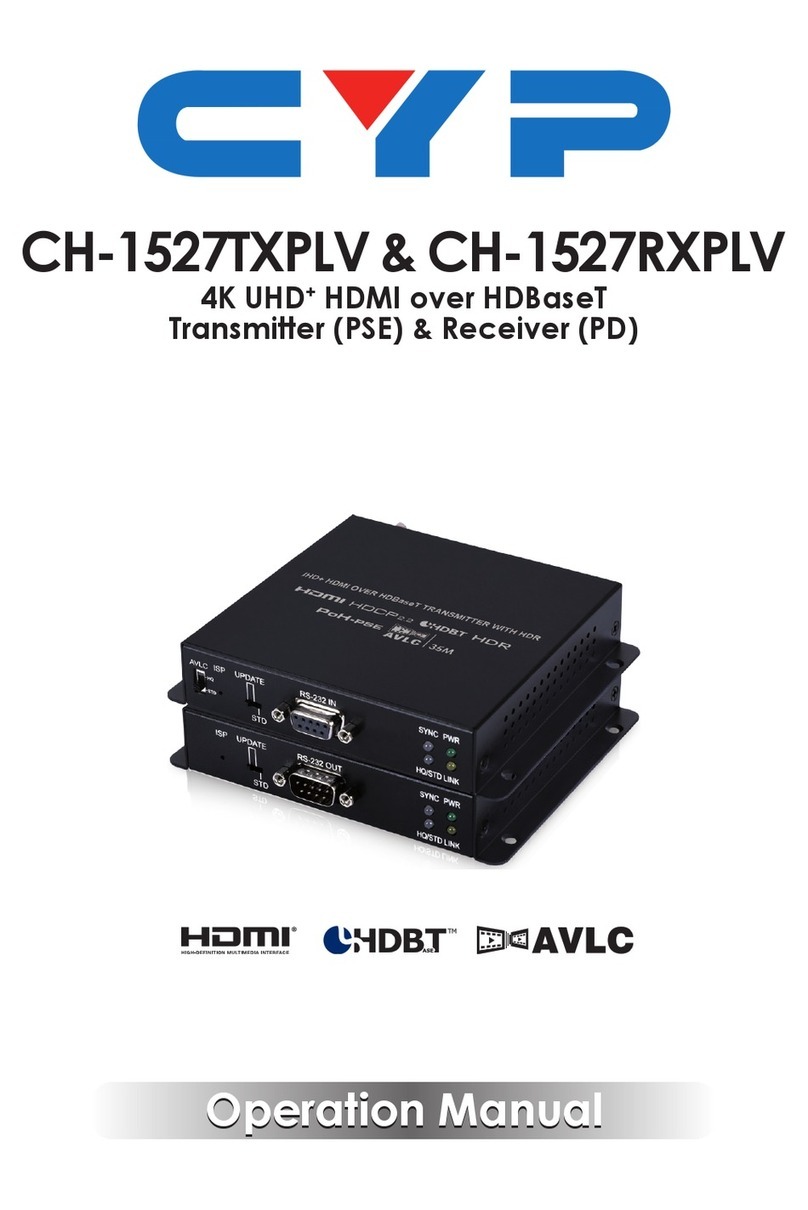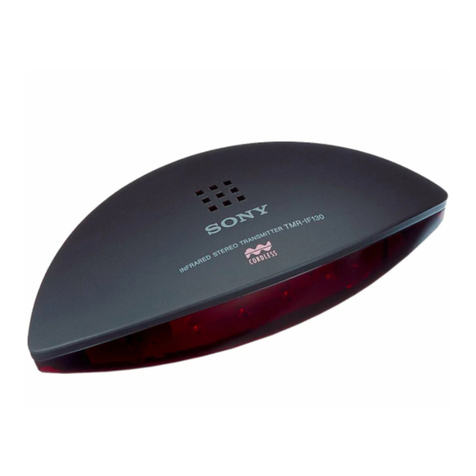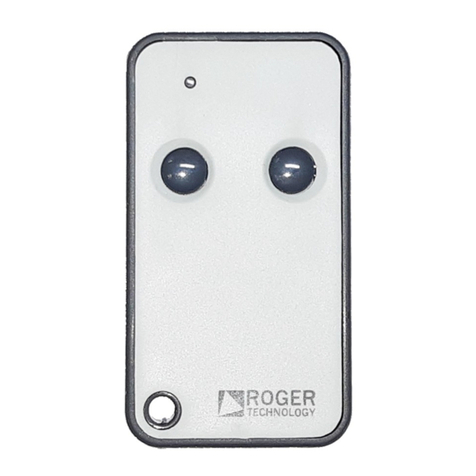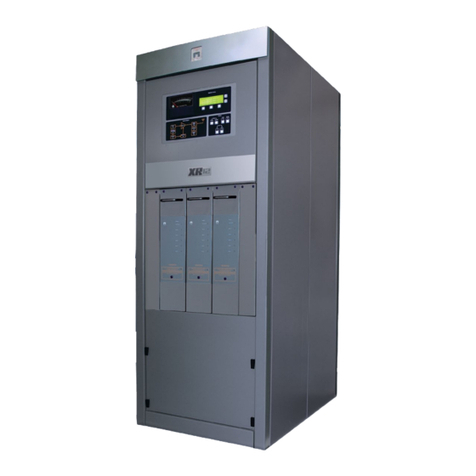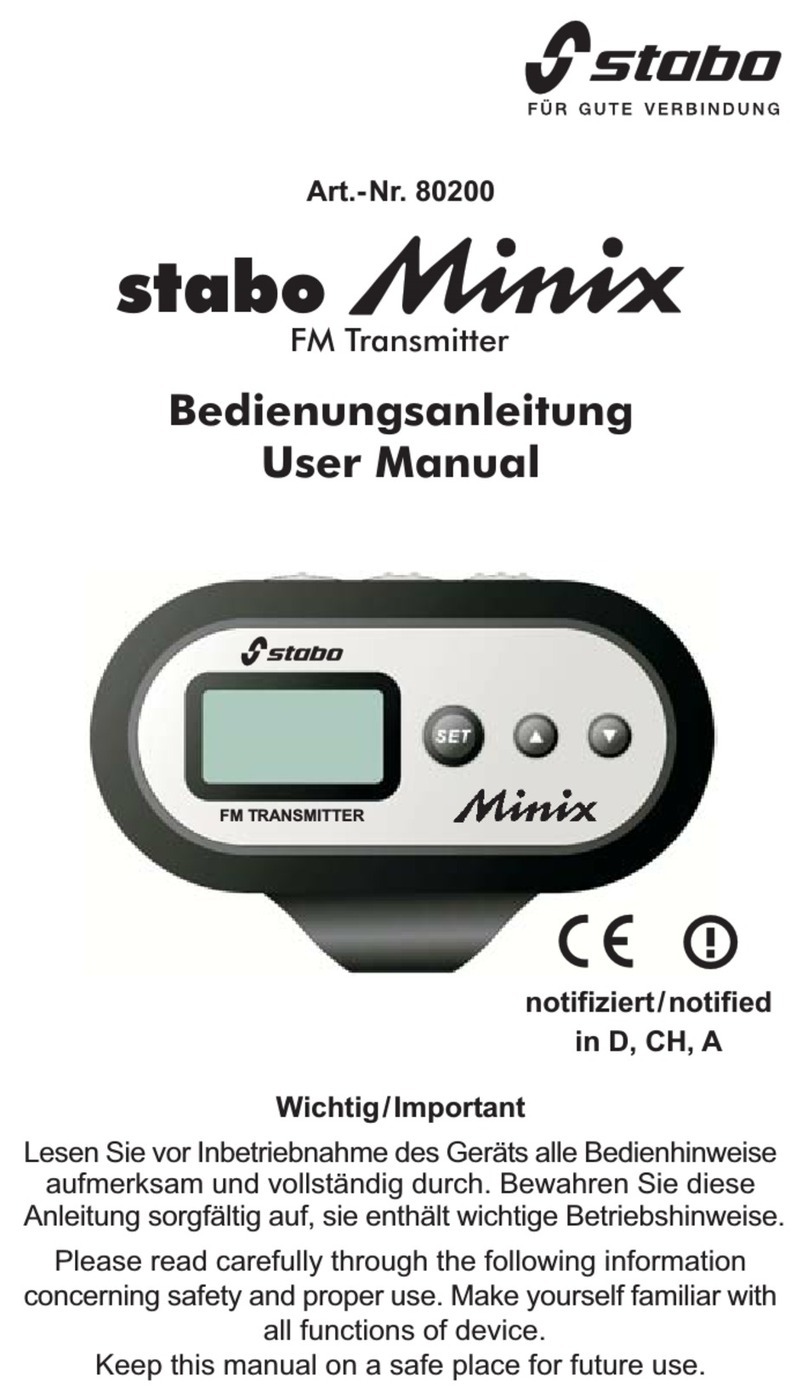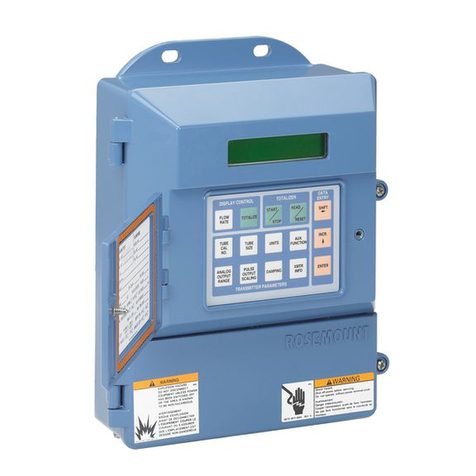PSM 500 Series User manual

1
PSM INSTRUMENTATION LTD
SERIES 500
PRESSURE TRANSMITTERS
USER MANUAL
Issue 1 date 18th August ‘97
SECTION TITLE PAGE
1Introduction 3
2Specifications
Model coding 3
4
3Transmitter Installation Mechanical 5
4DrawingsTransmitter Installation Electrical 6
5
Commissioning 6
6
Fault Finding 7
Burrell Road Industrial Estate
Haywards Heath, West Sussex RH16 1TW, UK
Tel: +44 (0)1444 410040 Fax: +44 (0)1444 410121
Http://www.psm-sensors.co.uk E-mail: sales@psm-sensors.co.uk
7

3
1. INTRODUCTION
Series 500 absolute/gauge pressure transmitters are intended for
applications across a wide range of processes from ultra low to medium
pressure duties.
Different constructions and materials are available to suit a particular duty
The measurement principle is based on a precision rated diaphragm
and linear variable differential transformer (LVDT) combination.
On all models the pressure chamber houses a rated pressure element
to which the process pressure is directly applied. Backing plates are
provided to protect against pressure overloads.
The pressure element is attached to a ferro magnetic core which is located in
the centre (null point) of a high resolution linear variable differential
transformer(LVDT). When voltage is applied to the primary coil, any
movement of the core due to pressure on the measuring element develops a
voltage in the two secondary coils. The output signal from these two coils is
then conditioned within the transmitter electronics to provide a standard
process control signal output, which, using the adjustments provided, may be
set by the user to the process requirements.
2. SPECIFICATIONS -General
Mechanical
Electronics Housing: Stainless steel to IP65
Pressure housing: 316 St Stl
Diaphragm material: Hastelloy C, / St Stl./ Inconel (model
dependant)
Process connections: refer to model coding
Electrical connections: Standard DIN type connector.
Electrical
Maximum error: +/-0.25% (including the effects of
non-linearity and hysteresis
Range adjustment: 30 to 100% of nominal input range
Zero adjustment: +/-20 % of nominal input range
Signal output: 4 to 20 mA dc 2 wire
Power supply: 9 to 32 V dc
Performance
Operating temperature: -20 to +100 deg C
Temperature effect: Better than 0.02% FS per deg C
Humidity: 0-95 deg C RH non-condensing
For Models, Input ranges, overload capabilities and arrangements see the
following model code table:

4
500G
500A Gauge Pressure Transmitter
Absolute Pressure Transmitter
H
I
S
Hastelloy C Diaphragm -Ranges 0.5 m Wg to 50 m Wg
Inconel Diaphragm -Range 10 bar G
PH15-4 Stainless Steel Diaphragm-Ranges 30 bar to 400 bar G
500G/ T33 / H 4 / 3 m Wg
0.5
1
2
4
8
16
32
50
10b
30b
40b
100b
200b
300b
400b
0.5m H2O
1m H2O
2m H2O
4m H2O
8m H2O
16m H2O
32m H2O
50m H2O
10 bar G
30 bar G
40 bar G
100 bar G
200 bar G
300 bar G
400 bar G
Nominal
range
THE SERIES 500 IS
NOT APPROVED
FOR USE IN HAZARDOUS AREAS
T2
T5
T6
T7
T11
T12
T13
T14
T18
T22
T31
T32
T33
T36
T38
T39
T40
T41
T42
T43
T44
DN25 PN16 flange mounting.
Threaded process connection 1/2” BSP male
1” ANSI 150lb flange mounting to BS1560.
Threaded process connection 1/2” NPT male
Hygienic 2” IDF.
Hygienic 2” RJT
Hygienic 2” Triclover.
Hygienic 2” SMS.
DN50 PN16 flange mounting.
Threaded process connection 1” BSP female.
Hygienic DIN 50mm to 11851
Threaded process connection 1/2” BSP female
Threaded process connection 1/4” BSP female.
Threaded process connection 1/4” NPT female.
Threaded process connection 1/2” NPT female.
Threaded process connection 3/4” NPT female
Threaded process connection 1” NPT female
Threaded process connection 1/4” NPT male.
Threaded process connection 1/4” BSP male
Threaded process connection 3/4” BSP female
.2” ANSI 150lb flange mounting to
BS1560........................................................

5
3. TRANSMITTER INSTALLATION MECHANICAL
Pre installation checks
The Transmitter is normally manufactured, calibrated and tested in accordance
with the users specific requirements. It is recommended that prior to
commencing installation, the specification of the instrument as supplied is
checked to ensure it is in accordance with actual installation requirements.
Checks should include nominal and actual ranges set, signal output, power
supply requirements and process connections. The relevant information will be
engraved on the transmitter body.
Transmitter Mounting
The Transmitter is generally specified with the appropriate fittings to mount
directly to the pipework or process plant Optional brackets are available if
required.
System Piping
The size of the process connection to the pressure chamber will depend on what
was specified at the time of manufacture. Do not overtighten the pressure
connection or insert any objects through the entry hole since this may result in
damage to the sensitive pressure element.
In general it should be ensured that the pipework and valves used are compatible
with the process in terms of materials and pressure ratings. For liquid level
duties long pipe runs should have a gradient to assist in clearance and line size
should be 1/4" minimum. Where isolation valves are fitted they should be as
close to the transmitter as practical.
38mm
(1.5")
59mm (2.32")
51mm
(2.0")
36mm (1.42")
FITTING M17
FITTING M12
53mm (2.1")
47mm
(1.85")

6
GREEN
Ground
by carefully levering it out using
removed from the housing
the slots provided.
Terminal block may be
ZERO
Z
RED
positive
1
R
RANGE
BLACK
negative
2
positive
1
negative
2
Ground
Maximum output load = Supply Voltage -9
0.002
4. TRANSMITTER INSTALLATION ELECTRICAL
Electrical connections
Connections are made via an industry standard DIN plug. The cabling may be of
screened, flexible or mineral insulated type dependant upon the application
requirements, maximum conductor size 1.5mm.
Prior to any connection it should be ensured that the supply voltage is correct for
the transmitter otherwise damage may result.
Where other devices are to be included in the signal loop for 2 wire 4 to 20mA
output transmitters, the total loop impedance may not exceed the figure given by
the following equation:-
5. TRANSMITTER COMMISSIONING
Under normal circumstances the instrument will have been supplied with range
and zero controls preset according to the users specifications, so, no adjustment
should be necessary. However, it may be when the transmitter is installed,
trimming of zero and/or range settings are necessary. It may also be that the
transmitter is to be reset for a different application.
Access to the zero and span adjustment potentiometers is provided by undoing
the plastic locking ring at the rear of the body.

7
Where practical all adjustments should be made with the transmitter installed on
the process and the range and zero settings validated by measurement of the
output signal at 0 and 100% of the process pressure. Where it is not practical to
vary the process pressure to suit, an alternative pressure source may be
employed, this should be an high accuracy device such as an air driven dead
weight tester, laboratory digital pressure standard, water or mercury column.
Range & Zero adjustments
The zero should be adjusted firstly, the instrument is of the 'live zero' type
therefore for when no pressure is applied the output signal should be 4.00mA .
Once this is achieved the range potentiometer should be adjusted with the
required max. pressure applied to the instrument until the output signal is 20mA.
It is recommended that the zero be rechecked after range adjustment
Routine Maintenance
The design of these transmitters is such that no routine maintenance is required
except for periodic examination of gaskets and security of pressure and electrical
connections
.
6. FAULT FINDING
These transmitters are sensitive and accurate measuring instruments and have no
mechanical wearing or contacting parts. If installation procedures have been
followed correctly the instrument should give satisfactory operation over a long
period.
In cases of failure or poor operation following installation or in normal service
the following check list may assist in isolating the cause of any problems.
1Are the range details of the transmitter correct for the duty?
2Fully check impulse piping and wiring installation, have any leaks
developed or are there any poor electrical connections?
3Is the transmitter isolation valve (if fitted) fully in the open position?
4Is there pressure in the process and is it of the correct order?
5Is the correct power supply applied to the transmitter and is it actually
present at the transmitter terminals?
6Check the output from the transmitter at the receiving instrument.
7 If all the foregoing are found to be in order then it will be necessary to
isolate the instrument and remove it from process.
Check that no sludge or foreign matter has collected in the transmitter pressure
chamber. Any deposits can normally be seen clearly at the entrance to the
pressure housing. Do not use any tools or other pointed objects to clean inside
the chamber, this should only be done flushing with suitable solvents
Should the problems persist consult PSM Service department
on 01444 410040 or return to the factory for examination.
Table of contents
Other PSM Transmitter manuals
Popular Transmitter manuals by other brands
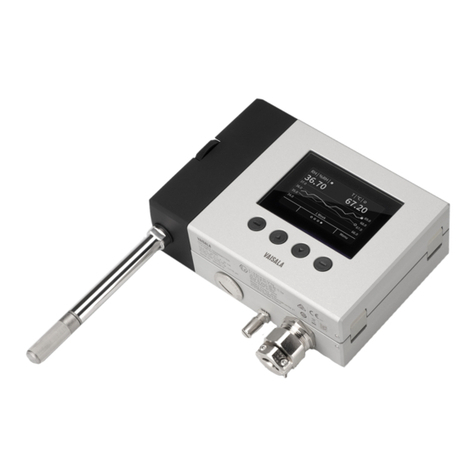
Vaisala
Vaisala HMT370EX user guide
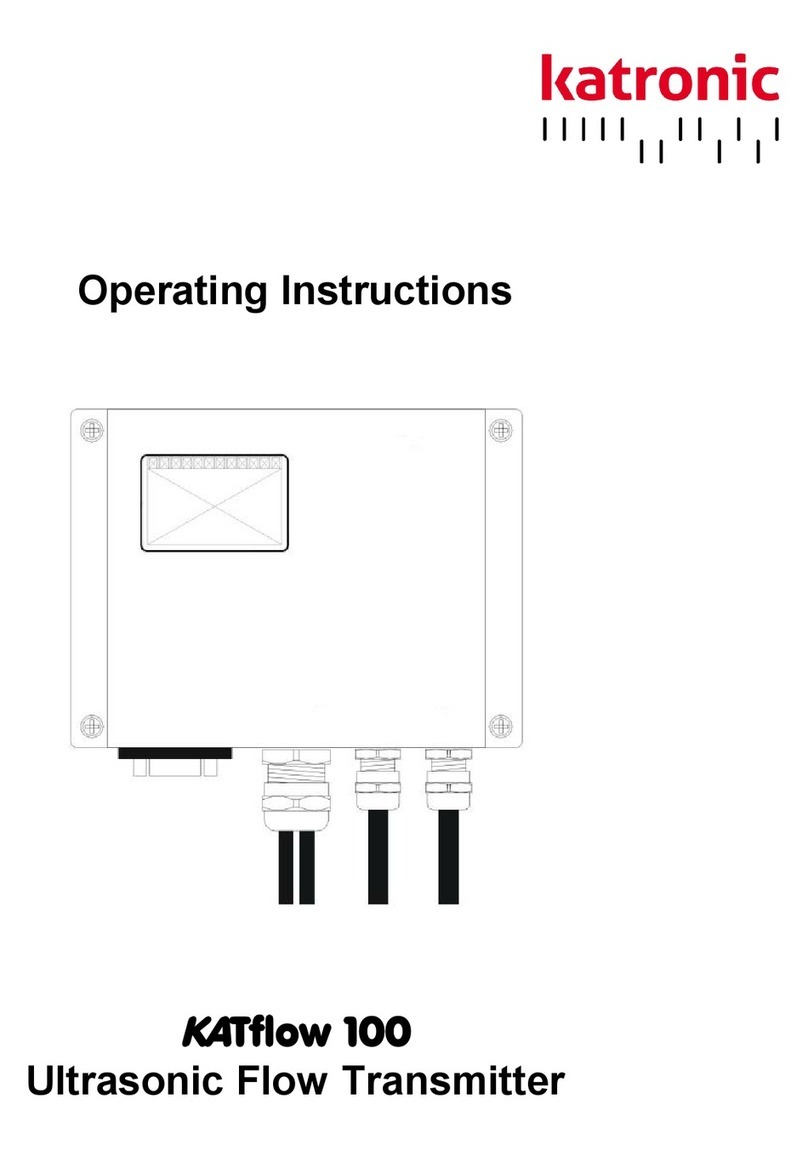
Thorne & Derrick
Thorne & Derrick KATflow 100 operating instructions
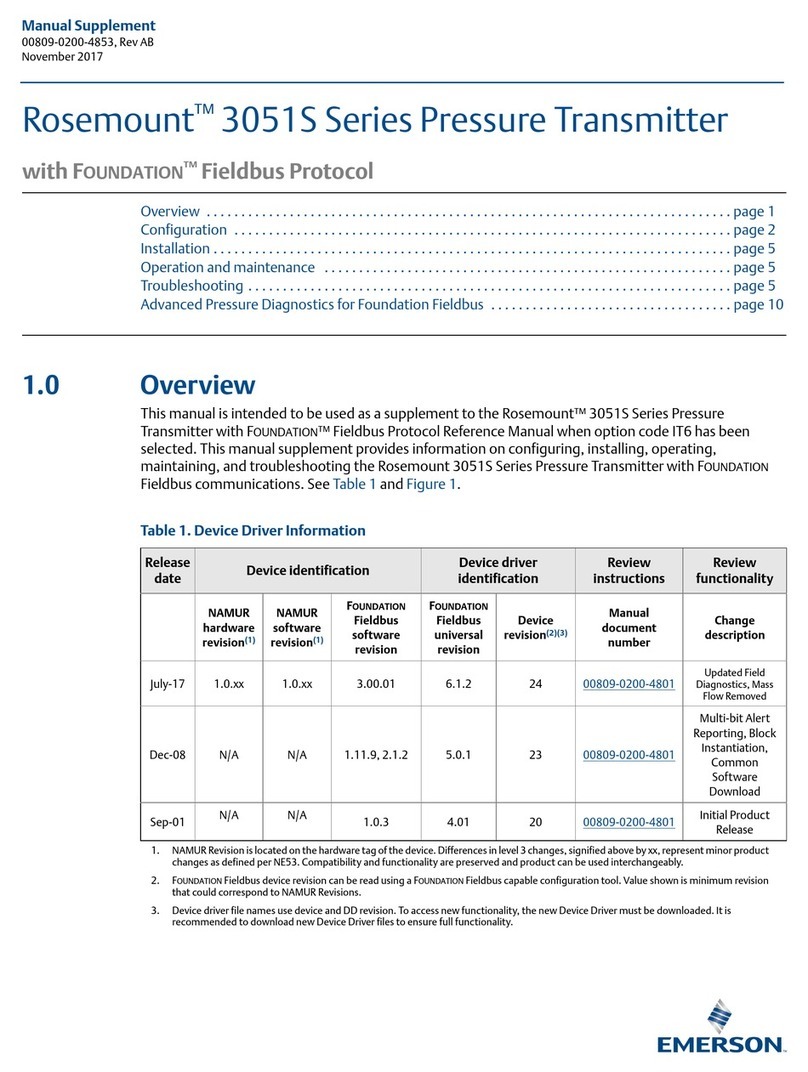
Emerson
Emerson Rosemount 3051S Series Manual supplement
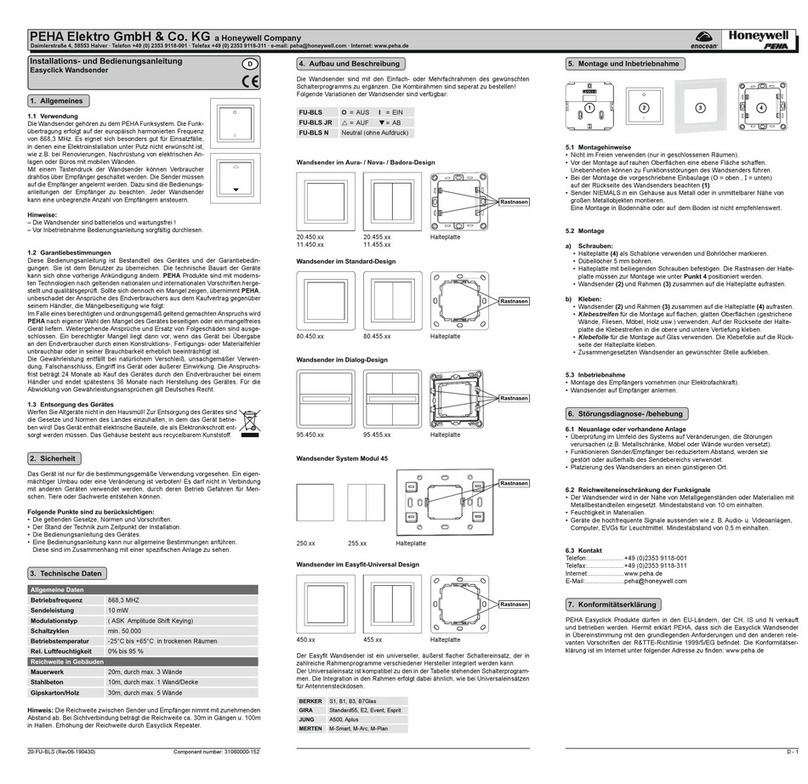
Honeywell
Honeywell PEHA FU-BLS Installation and operating instructions
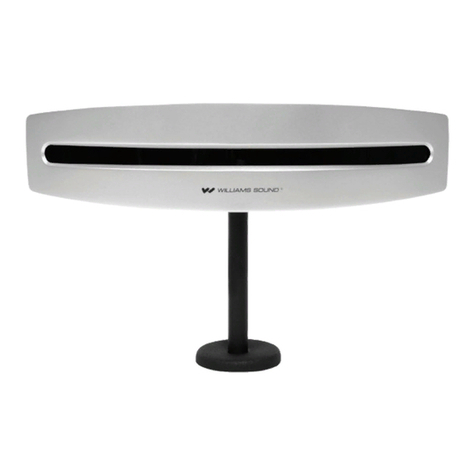
Williams Sound
Williams Sound WIR TX75/b user guide
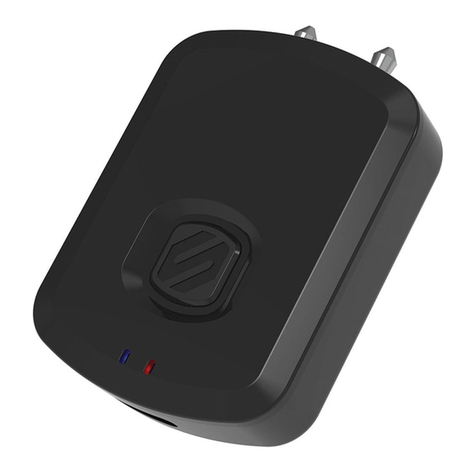
Scosche
Scosche FLYTUNES BTT instructions
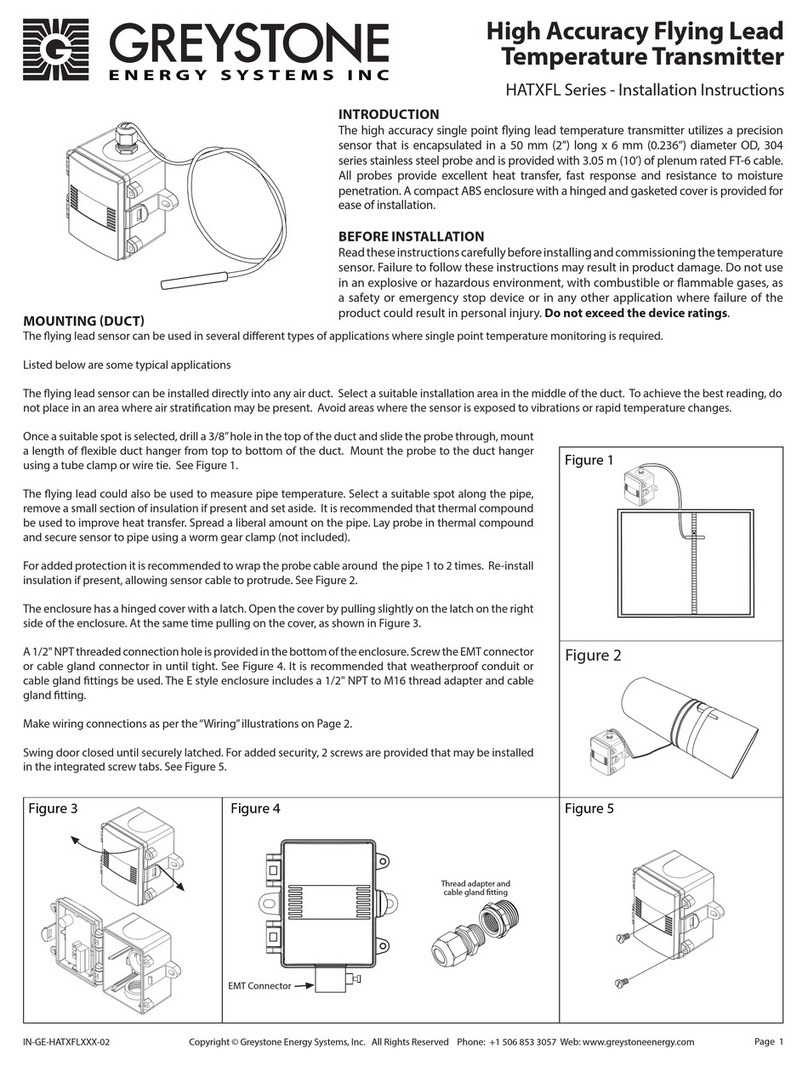
Greystone Energy Systems
Greystone Energy Systems HATXFL Series installation instructions
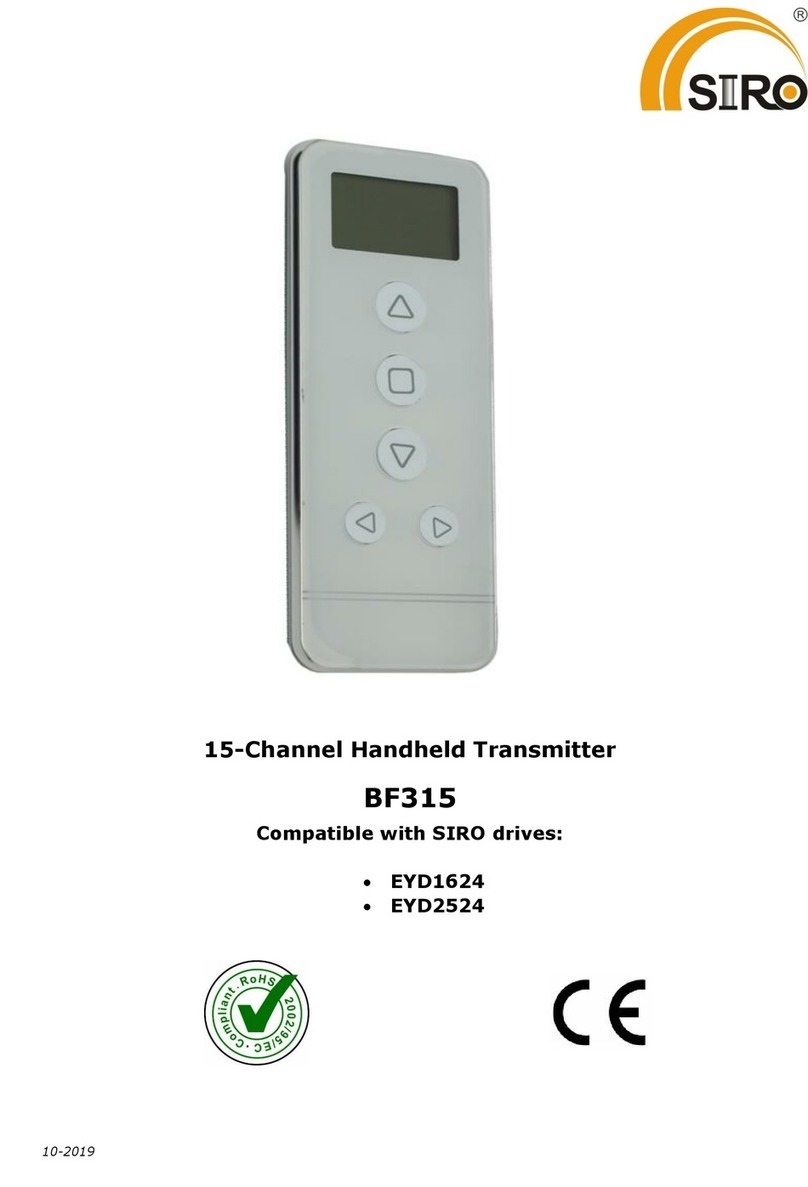
Siro
Siro BF315 manual

Heystar
Heystar HS-ZSD14-RF01 Instruction book
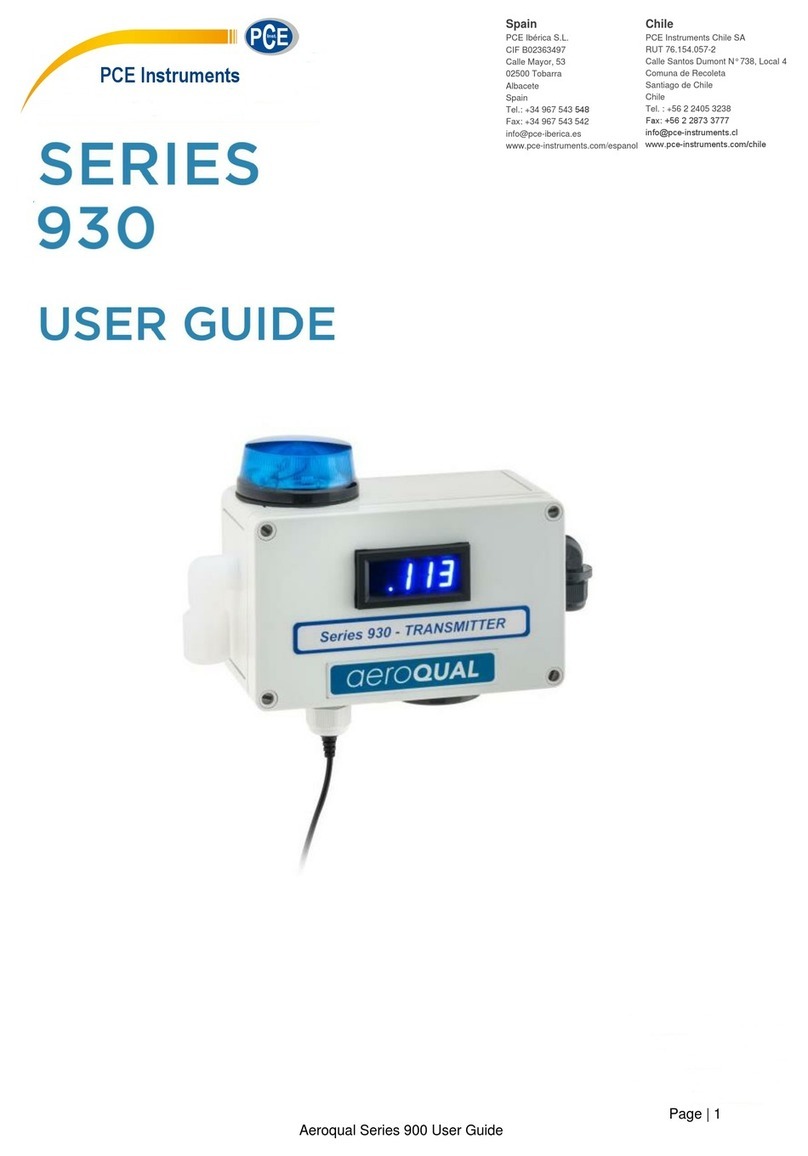
PCE Instruments
PCE Instruments Aeroqual 900 Series user guide

Energometrika
Energometrika EYD38 Operation manual

Emerson
Emerson Rosemount Ultrasonic 3107 quick start guide
